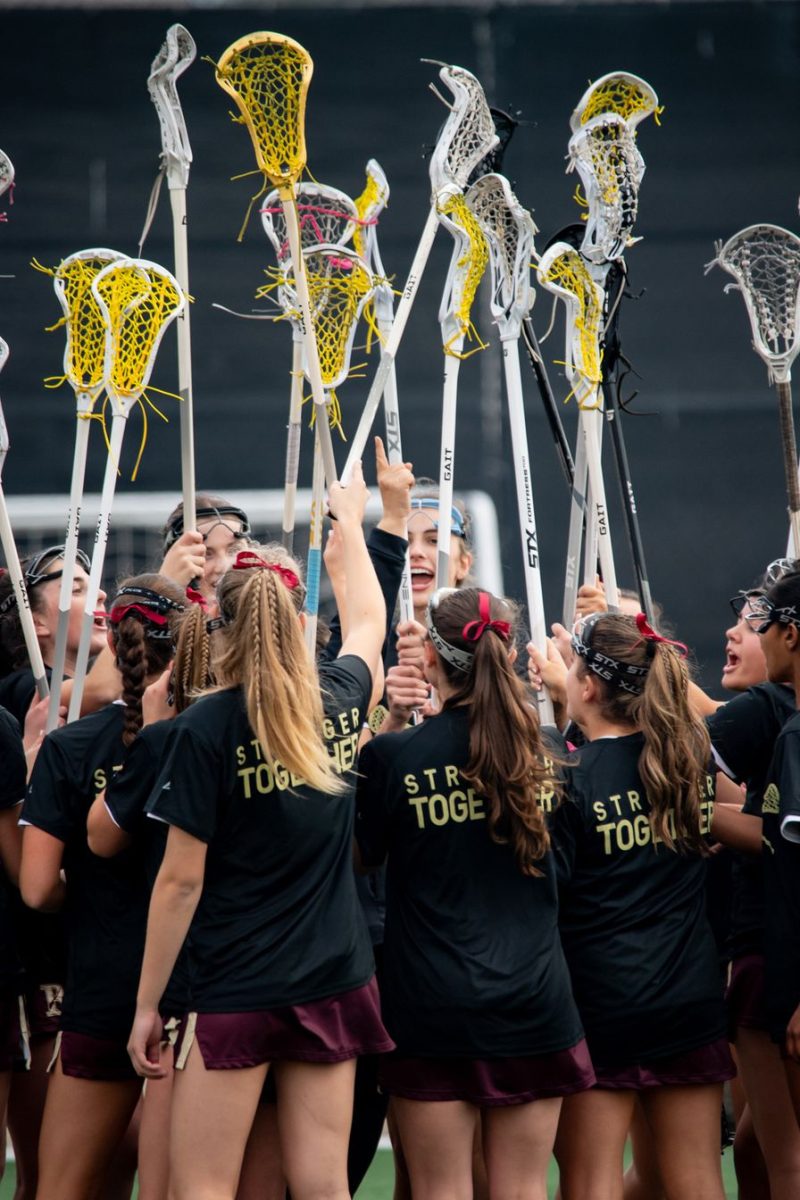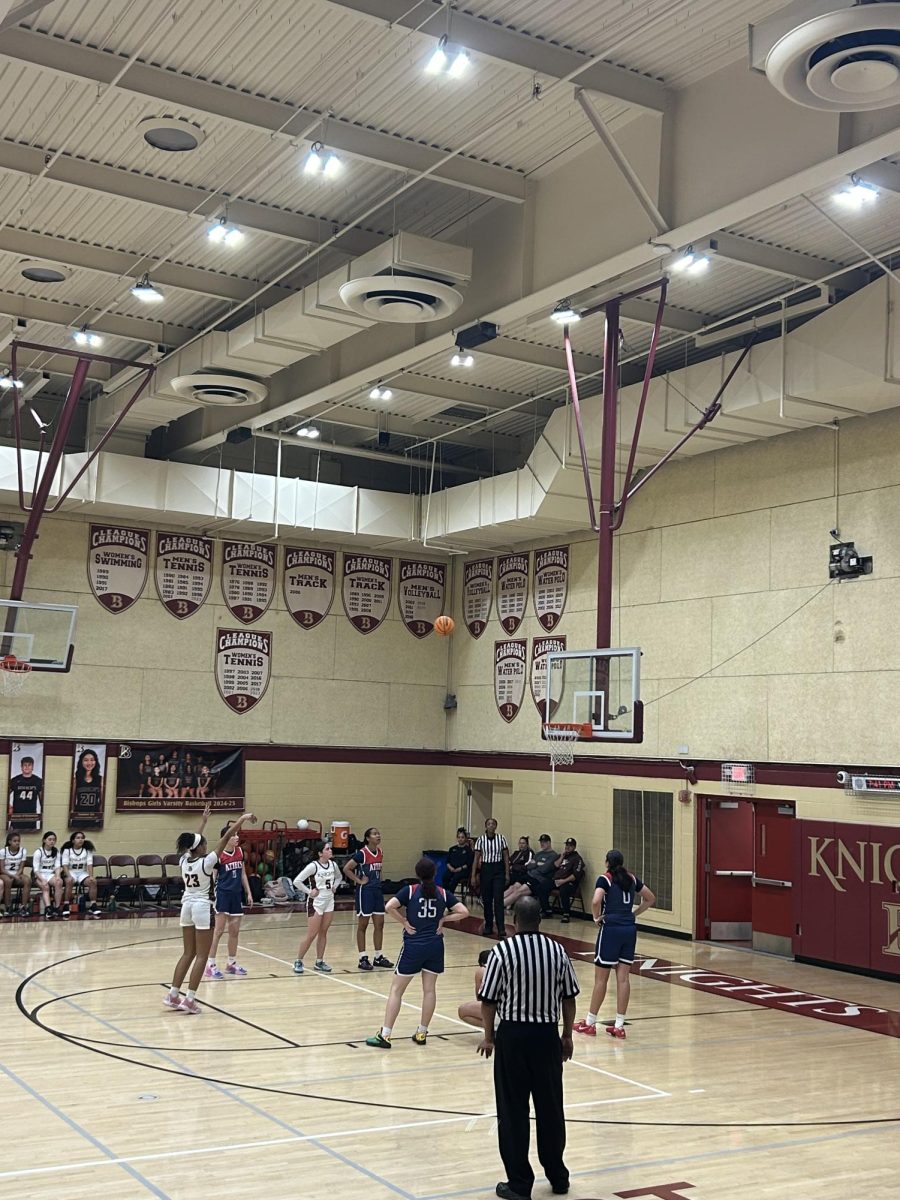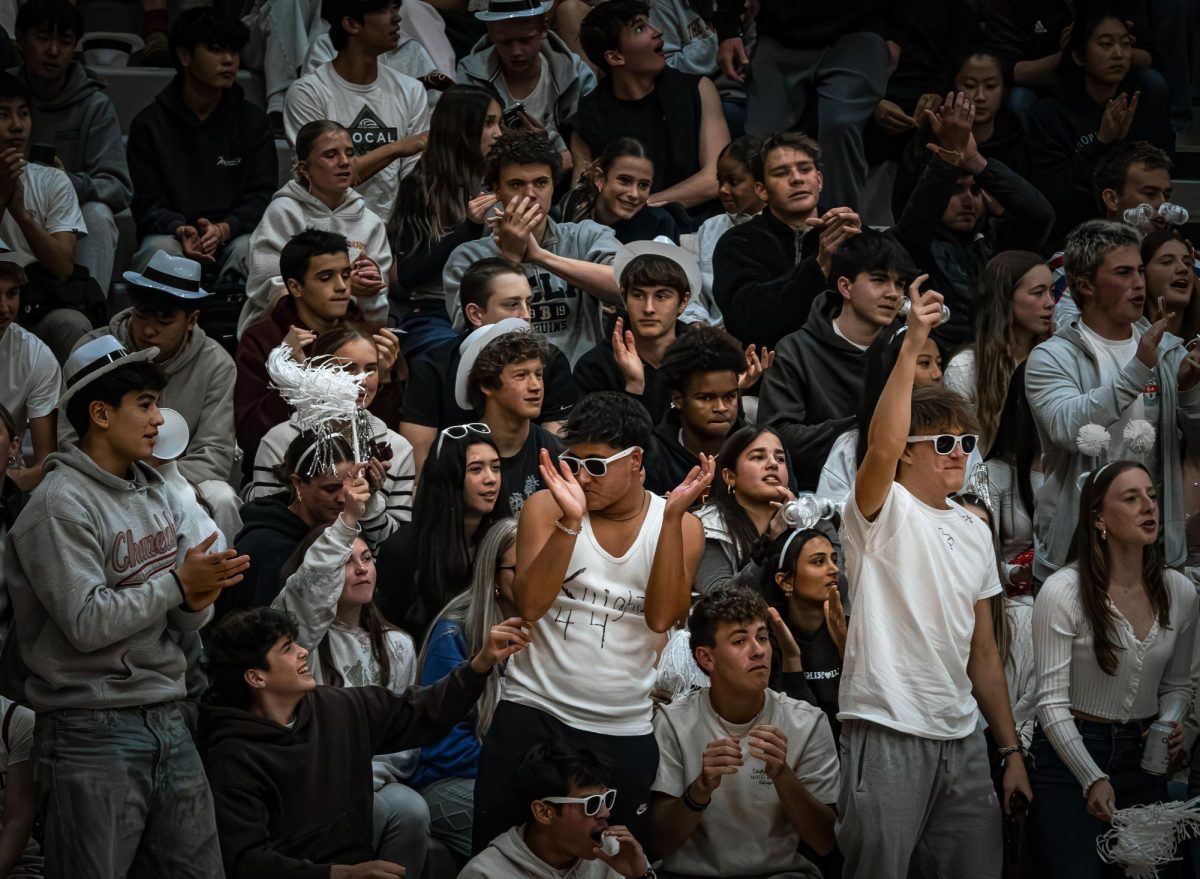As women’s sports have become more popular, they have also become a platform for women to promote relevant issues that may not typically get as much coverage — such as the often avoided subject of periods. In this case, it’s having to worry about leaking and staining your light colored shorts.
Nike provides uniform kits for several national soccer teams, however, according to the New York Times, their female-specific World Cup uniforms weren’t produced until 2019, and WNBA jersey’s weren’t altered for women until 2021. These recent dates indicate that women’s sports uniforms have traditionally been versions of those created for men, not best-fit to women’s needs. In an effort to adapt to better suit female athletes, professional women’s sports have moved away from white shorts as a part of their uniforms. This change follows complaints from female athletes about the extra stress caused by bleeding leaving stains on their light-colored clothing. Many professional athletes and members of our own Bishop’s girls teams support the recent changes, voicing their experiences with white uniform shorts.
“Dark shorts are practical because girls don’t have to worry about stains, so they can focus on the game,” said Yasi Henderson (‘22), co-founder of the Period Poverty Project, a Bishop’s organization which works to reduce period stigma and provide period supplies to menstruators in need.
The United States Women’s National Soccer Team, along with England’s, South Korea’s, Nigeria’s, and France’s women’s soccer teams, all sported white shorts at the 2019 Women’s World Cup. However this year, all four teams switched the color of their shorts to various darker colors.
Professional English soccer player Lauren Hemp said to CNN, “It’s great to move away from the white shorts [and] not having that worry and focusing on the game.”
Nike stated that changes to the English uniforms, among others, were made based on feedback from athletes.
Jordana Katcher, Nike’s Vice President of Women’s Global Sport Apparel said, “Professional footballers play two 45-minute halves without breaks or time-outs. Many told us they can spend several minutes on-pitch concerned that they may experience leakage from their period.” She added, “When we showed them [the darker shorts], they told us how grateful they were to have this short to help provide confidence when they can’t leave the pitch.”
While this swap may seem insignificant to some, it is monumental to female athletes.
Around the same time, Wimbledon, the world famous tennis tournament, changed their well-known strict all-white dress code. In 2014, the tournament tightened restrictions, banning players from wearing off-white. However, in anticipation of the 2023 tournament and after complaints from female players, they relaxed their rules in November 2022, allowing women to wear black undershorts under their traditional all-white tennis attire.
Professional tennis player Heather Watson told BBC, “I worked out that I’ll probably be on my period again during the Championships so I said I’ll probably go on the pill just to skip my period for Wimbledon. That’s the thought process and conversations that girls have about it.” Other players also commented on the extra stress that it causes, which is less of an issue in other major tennis tournaments that allow athletes to wear any color.
Many female student athletes support the recent changes. Bishops’ Junior Varsity Tennis player Marly Berlin (‘26) said, “I think it was a good choice because people don’t have to stress as much on their periods.”
Yasi added, “Obviously in an ideal world, people wouldn’t have to worry about the stigma surrounding periods and period leaks, but since a lot of people do worry about having stains, I think it is a logical move.”
Several Bishop’s teams have white shorts as part of their uniforms which some have said is inconvenient when they’re on their periods. Former Bishop’s Girls Varsity Soccer captain Erin Ellsworth (‘23) said, “I’ve noticed in myself and my teammates that when we’re on our period there is so much added stress and anxiety. Instead of focusing on the game and what I can do to play my best, I’m focused on what I’m wearing and if anyone notices. It just shows how much of women’s sports is still overlooked and that so much is catered to the men’s side.”
Athletic Director Paula Conway said that she supports the recent changes. Coach Conway said, “I believe that anything that ensures female athletes feel comfortable while they compete is important.” However, she added, “Our uniform policy is governed by the [National Federation of State High School Associations] NFHS uniform policy. Per [California Interscholastic Federation] CIF rules, we must follow the NFHS guidelines to ensure that our athletes are in approved uniforms. This is not something that we can choose at the school level.”
The changes in women’s soccer and tennis were subtle but impactful. With women’s sports on the rise, similar efforts will hopefully be made to accommodate women’s needs in other professional sports and in our own community to help create a more comfortable athletic environment, boost confidence, and focus on performance, rather than just appearance.






![“I [look forward to] the adrenaline of just competing with your friends and playing a sport that I’ve loved for so many years,” Sydney Mafong (‘26) said. “It’s just unmatched.” The Softball team celebrates a victorious moment in the game against San Diego High School on March 15th during the Torrey Invitational, which Coach Joe “Joey” Moreno called the “first real test of the season” in a Locker Room email and won 10-3.](https://thebishopstower.com/wp-content/uploads/2025/04/Screenshot-2025-03-17-at-21.49.22-1200x1016.png)


